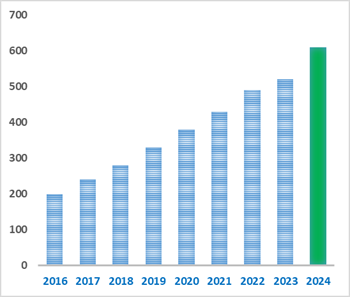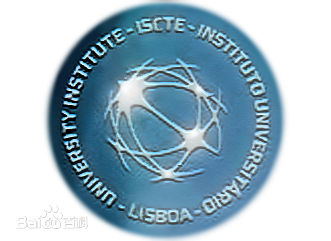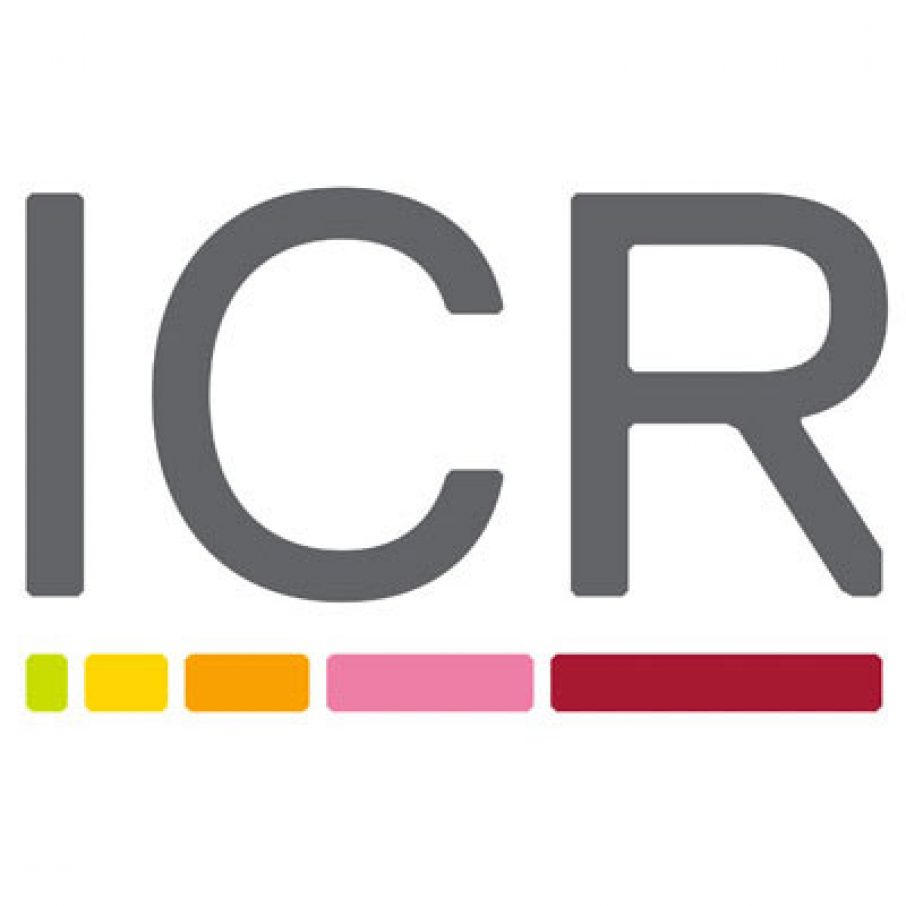PG 106Selective MC3 receptor antagonist CAS# 944111-22-2 |

- RVX-208
Catalog No.:BCC4475
CAS No.:1044870-39-4
- I-BET-762
Catalog No.:BCC4474
CAS No.:1260907-17-2
- Bromodomain Inhibitor, (+)-JQ1
Catalog No.:BCC1132
CAS No.:1268524-70-4
- I-BET151 (GSK1210151A)
Catalog No.:BCC4476
CAS No.:1300031-49-5
- CPI-203
Catalog No.:BCC4099
CAS No.:1446144-04-2
Quality Control & MSDS
3D structure
Package In Stock
Number of papers citing our products

| Cas No. | 944111-22-2 | SDF | Download SDF |
| PubChem ID | 134812822 | Appearance | Powder |
| Formula | C51H69N13O9 | M.Wt | 1008.19 |
| Type of Compound | N/A | Storage | Desiccate at -20°C |
| Solubility | Soluble to 1 mg/ml in 25% ethanol / water | ||
| Sequence | XDXXRWK (Modifications: X-1 = Ac-Nle, X-3 = beta-Ala, X-4 = D-2-Nal, Lys-7 = C-terminal amide, Asp-2, Lys-7, Cyclized) | ||
| Chemical Name | (3S)-16-(2-acetamidohexanoylamino)-6-[3-(diaminomethylideneamino)propyl]-3-(1H-indol-3-ylmethyl)-9-(naphthalen-2-ylmethyl)-2,5,8,11,15,18-hexaoxo-1,4,7,10,14,19-hexazacyclotetracosane-24-carboxamide | ||
| SMILES | CCCCC(C(=O)NC1CC(=O)NCCCCC(NC(=O)C(NC(=O)C(NC(=O)C(NC(=O)CCNC1=O)CC2=CC3=CC=CC=C3C=C2)CCCN=C(N)N)CC4=CNC5=CC=CC=C54)C(=O)N)NC(=O)C | ||
| Standard InChIKey | ZFZDDBJAFMOQSH-RIXKQHLWSA-N | ||
| Standard InChI | InChI=1S/C51H69N13O9/c1-3-4-15-38(59-30(2)65)47(70)64-42-28-44(67)55-22-10-9-17-37(45(52)68)61-50(73)41(27-34-29-58-36-16-8-7-14-35(34)36)63-48(71)39(18-11-23-57-51(53)54)62-49(72)40(60-43(66)21-24-56-46(42)69)26-31-19-20-32-12-5-6-13-33(32)25-31/h5-8,12-14,16,19-20,25,29,37-42,58H,3-4,9-11,15,17-18,21-24,26-28H2,1-2H3,(H2,52,68)(H,55,67)(H,56,69)(H,59,65)(H,60,66)(H,61,73)(H,62,72)(H,63,71)(H,64,70)(H4,53,54,57)/t37?,38?,39?,40?,41-,42?/m0/s1 | ||
| General tips | For obtaining a higher solubility , please warm the tube at 37 ℃ and shake it in the ultrasonic bath for a while.Stock solution can be stored below -20℃ for several months. We recommend that you prepare and use the solution on the same day. However, if the test schedule requires, the stock solutions can be prepared in advance, and the stock solution must be sealed and stored below -20℃. In general, the stock solution can be kept for several months. Before use, we recommend that you leave the vial at room temperature for at least an hour before opening it. |
||
| About Packaging | 1. The packaging of the product may be reversed during transportation, cause the high purity compounds to adhere to the neck or cap of the vial.Take the vail out of its packaging and shake gently until the compounds fall to the bottom of the vial. 2. For liquid products, please centrifuge at 500xg to gather the liquid to the bottom of the vial. 3. Try to avoid loss or contamination during the experiment. |
||
| Shipping Condition | Packaging according to customer requirements(5mg, 10mg, 20mg and more). Ship via FedEx, DHL, UPS, EMS or other couriers with RT, or blue ice upon request. | ||
| Description | Selective hMC3 receptor antagonist (IC50 = 210 nM). Exhibits no activity at hMC4 receptors and hMC5 receptors. |

PG 106 Dilution Calculator

PG 106 Molarity Calculator

Calcutta University

University of Minnesota

University of Maryland School of Medicine

University of Illinois at Chicago

The Ohio State University

University of Zurich

Harvard University

Colorado State University

Auburn University

Yale University

Worcester Polytechnic Institute

Washington State University

Stanford University

University of Leipzig

Universidade da Beira Interior

The Institute of Cancer Research

Heidelberg University

University of Amsterdam

University of Auckland

TsingHua University

The University of Michigan

Miami University

DRURY University

Jilin University

Fudan University

Wuhan University

Sun Yat-sen University

Universite de Paris

Deemed University

Auckland University

The University of Tokyo

Korea University
- Isomartynoside
Catalog No.:BCN4497
CAS No.:94410-22-7
- Tetrachlorohydroquinone dimethyl ether
Catalog No.:BCN1301
CAS No.:944-78-5
- Dimethylmatairesinol
Catalog No.:BCN4496
CAS No.:943989-68-2
- BMS-303141
Catalog No.:BCC4097
CAS No.:943962-47-8
- Ophiopogoside A
Catalog No.:BCC8346
CAS No.:943914-99-6
- Sebiferenic acid
Catalog No.:BCN4495
CAS No.:94390-09-7
- Isomucronulatol 7-O-glucoside
Catalog No.:BCN3845
CAS No.:94367-43-8
- Methylnissolin-3-O-glucoside
Catalog No.:BCN3829
CAS No.:94367-42-7
- Piceatannol 3'-O-glucoside
Catalog No.:BCN2874
CAS No.:94356-26-0
- Rhapontigenin 3'-O-glucoside
Catalog No.:BCN2873
CAS No.:94356-22-6
- JNJ-38877605
Catalog No.:BCC2485
CAS No.:943540-75-8
- Sappanchalcone
Catalog No.:BCN4494
CAS No.:94344-54-4
- Peficitinb (ASP015K, JNJ-54781532)
Catalog No.:BCC6503
CAS No.:944118-01-8
- MJ 15
Catalog No.:BCC7852
CAS No.:944154-76-1
- A-803467
Catalog No.:BCC5075
CAS No.:944261-79-4
- QS 11
Catalog No.:BCC7648
CAS No.:944328-88-5
- JNJ 28871063 hydrochloride
Catalog No.:BCC7662
CAS No.:944342-90-9
- BKM120
Catalog No.:BCC1279
CAS No.:944396-07-0
- Bacopaside X
Catalog No.:BCC8126
CAS No.:94443-88-6
- Syzalterin
Catalog No.:BCN3969
CAS No.:94451-48-6
- Cromakalim
Catalog No.:BCC7038
CAS No.:94470-67-4
- Lck inhibitor 2
Catalog No.:BCC1690
CAS No.:944795-06-6
- Rhuscholide A
Catalog No.:BCN4498
CAS No.:944804-58-4
- Isodaphnoretin B
Catalog No.:BCN6913
CAS No.:944824-29-7
Further structure-activity studies of lactam derivatives of MT-II and SHU-9119: their activity and selectivity at human melanocortin receptors 3, 4, and 5.[Pubmed:17482720]
Peptides. 2007 Jun;28(6):1191-6.
Recently we have demonstrated that replacing His(6) by constrained amino acids(2) in the well-known antagonist SHU-9119 resulted in potent and selective antagonist ligands especially at the hMC3R and hMC5 receptors. With the aim to further explore position 6 in the sequence of SHU-9119 and MT-II, we have designed, synthesized, and pharmacologically characterized a series of peptide analogues of MT-II and SHU-9119 at the human melanocortin receptors subtypes MC3R, MC4R and MC5R. All these peptides were modified at position 6 with constrained amino acids which are commercially available. In this study, we have identified new selective ligands for the hMC4R, and an antagonist for the hMC3/hMC4 receptors. Additionally, we have discovered an interesting new selective antagonist at the hMC3R, Ac-Nle-c[Asp-betaAla-DNal(2')-Arg-Trp-Lys]-NH(2) (2, PG-106) which represents an important tool in further biological investigations of the hMC3R. PG-106 will be useful in further efforts to differentiate the substructural features responsible for selectivity at the hMC3R, hMC4R, and hMC5R.


